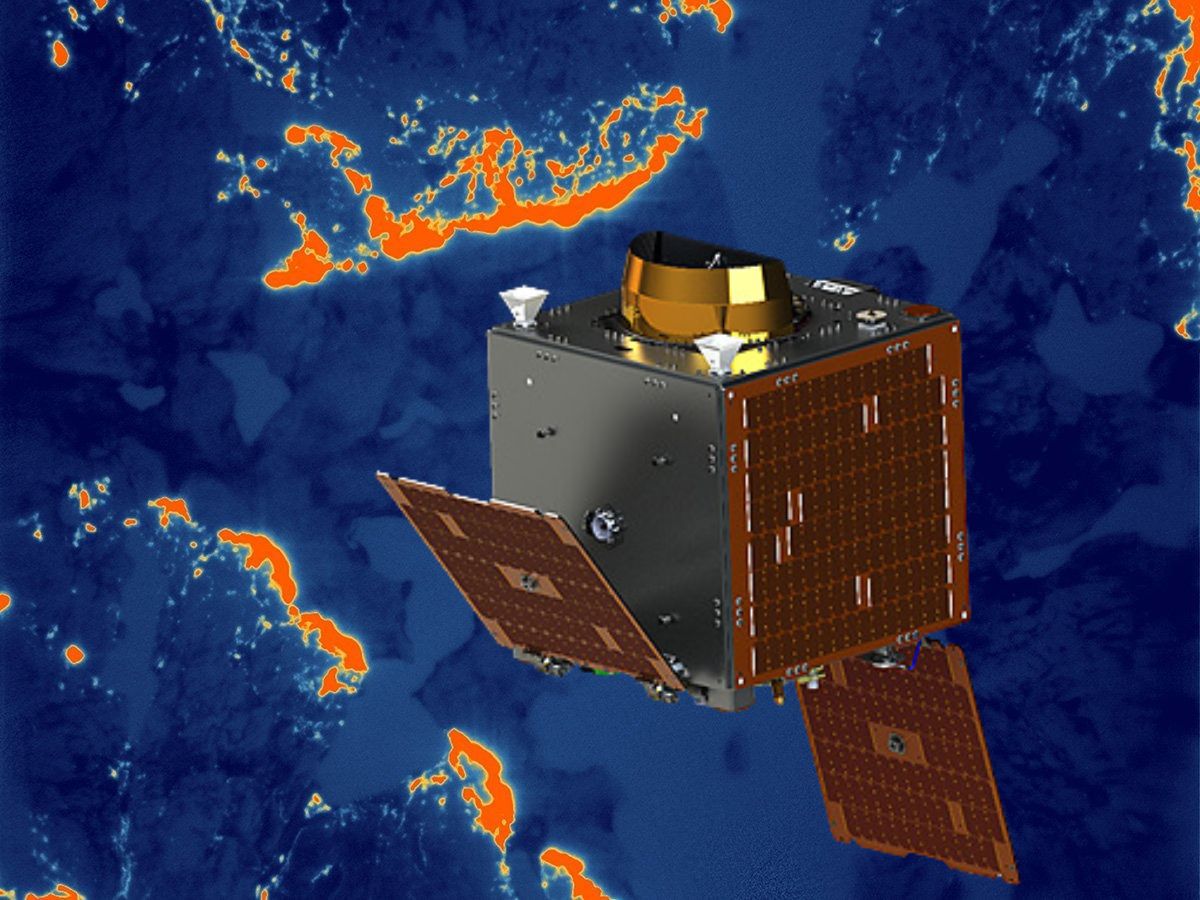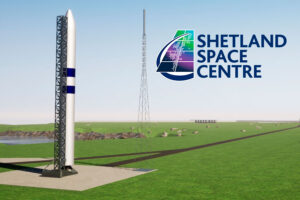SatVu and SSTL Investigate HotSat-1 Operational Failure Six Months After Launch
15th Dec 2023
London-based company SatVu faces a setback as their groundbreaking climate satellite, HotSat-1, encounters a malfunction just half a year after its successful launch. The satellite, designed to map heat loss from buildings, was effectively fulfilling its mission until its camera ceased functioning earlier this week.
SatVu’s UK climate satellite is lost
Despite engineers maintaining communication with the satellite, SatVu does not anticipate restoring operations. However, the satellite was fully insured, and plans are underway to launch a replacement in 2025. While Chief Executive Anthony Baker expressed his disappointment, he remains optimistic about the company’s future resilience.
“The satellite was working fantastically, the data was great, and the customers were super-excited. To trip up now is deeply frustrating, but we’ve proved the principle, and that puts us in a really strong position for the future,” Baker stated to BBC News.
HotSat-1 boasted the highest resolution commercial thermal sensor in orbit, allowing it to detect hot and cold features on Earth as small as 3.5 meters across. The primary objective was to identify energy-wasting properties through heat signatures and provide owners with solutions to save costs and reduce carbon emissions, applicable to various structures, including public buildings and factories.
HotSat-1: what’s next?
Organizations experimenting with HotSat-1’s early data were transitioning into full-fledged customers, with SatVu having even issued its first invoice.
Surrey Satellite Technology Limited in Guildford assembled the mid-wave infrared camera on board HotSat-1, along with the spacecraft’s chassis and associated sub-systems. The manufacturer is now collaborating with a review board to determine the root cause of the failure, aiming to incorporate lessons learned into the design of the follow-on mission.
“At this stage we cannot provide any detail on the anomaly. The investigation process has begun, and until that process has concluded the company is unable to speculate on the cause. The SatVu team is working closely with Surrey Satellite Technology (SSTL), the UK-based company that built HOTSAT-1, on this assessment and will release updates in due course,” – SatVu replied on OrbitalToday’s request.
As for the future launches and SatVu’s constellation, the company said that “HOTSAT-1 was always designed to be part of a planned constellation, and like any company operating in the fast-moving world of space tech, we’re always looking to incorporate learnings from our own missions and the wider industry. We can’t speculate on the cause of this failure until the investigation is concluded, but if there are lessons for the team at SatVu, we’ll be making sure our future constellation takes these into account.”
SatVu envisions deploying eight sensors in a constellation, with Baker stating, “Eight gives us a clear path to profitability.” He emphasized the economic viability of the venture, considering the addressable market and the demand for quicker data delivery.
HotSat-1’s sensor technology was developed with funding from the European and UK space agencies, receiving a royal unveiling in the presence of the Prince of Wales during its initial mission. Company executives recently showcased the technology at the COP28 UN climate talks in Dubai.






Thank you for your comment! It will be visible on the site after moderation.